Laura Youngson Coll's nature-inspired sculptures go on show in London as part of the 2014 Perrier-Jouët Arts Salon Prize
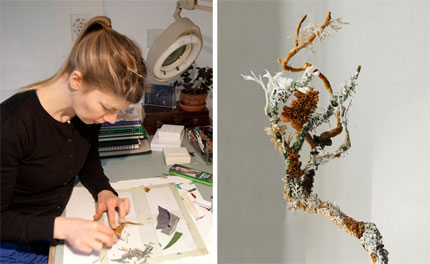
British sculptor Laura Youngson Coll, pictured here in her studio, has been awarded this year's Perrier-Jouët Arts Salon Prize for her intricate artworks inspired by natural forms and organic structures
Leather flowers and lichen are growing within London's Contemporary Applied Arts. Their strangely beautiful and delicate forms, which give new life to discarded scraps from bookbinding, are the handiwork of British sculptor Laura Youngson Coll, winner of this year's Perrier-Jouët Arts Salon Prize.
Youngson Coll was selected from 10 candidates for the prize, which celebrates contemporary craftsmanship and stems from the house's long history of patronage of the arts. The sculptor was chosen by the Salon - a gathering of leading creative lights who meet to share ideas and debate developments in the arts - for the way her work reflects the ethos of Perrier-Jouët and its Art Nouveau heritage, with pieces inspired by natural forms and organic structures.
The sculptor has won £10,000 in cash to support her development and a solo show (her first) at Contemporary Applied Arts, which opens tomorrow. Alongside some earlier works that feature flowers and a three-dimensional interpretation of Ernst Haeckel's 19th century studies of cell forms, there is the personal research that the artist has been carrying out for several years, studying lichens and moss.
'I have been observing lichens for a while,' she explains. 'I have always liked their details, these microcosms of environments often overlooked. A few years ago I was traveling quite extensively, and it's interesting, looking at the minutiae of any environment, how you can find similarities even on the other side of the world.'
This fascination with nature and the impact of human intervention inspired her 'Indicator Species' series, a study of five environments and the lichens that grow in each, ranging from reindeer moss in the Arctic that was exposed to Chernobyl nuclear contamination, to the lichens found in urban areas of London.
'These things are adapting because we have polluted or we have done something to the environment, and maybe we should take more notice,' she adds. While they might be laced with commentary on our treatment of nature, her rendition of the lichens, perched on small sticks, has a fairytale-like quality, responding to the Art Nouveau motto, to 'transform the mundane of everyday life into something truly beautiful'.
The series is carefully assembled from leather and vellum. 'I am very much guided by the material,' the artist says, 'and my work is always being transformed in the making process - you have happy accidents and you discover a lot while you are making.'
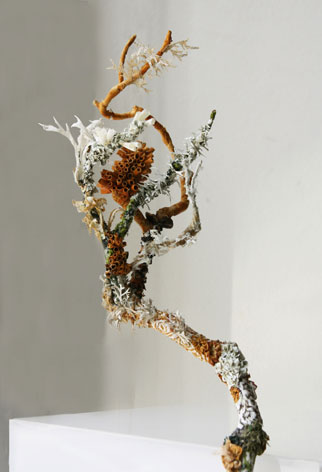
'Untitled (Lichen)', 2013. The artist's work is based personal research that she has been carrying out for several years, studying lichens and moss
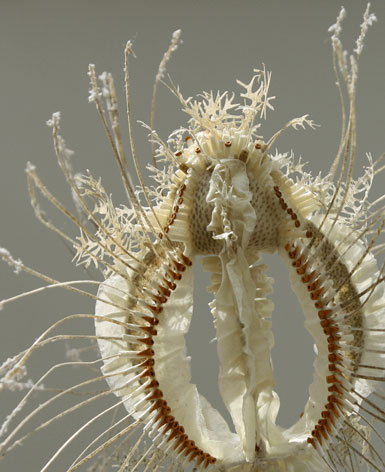
Some of Youngson Coll's works feature a three-dimensional interpretation of Ernst Haeckel's 19th century studies of cell forms. Pictured is a detail of 'Haeckel 1', 2014, comprising vellum, supernatural vellum and veg-tan leather detailing
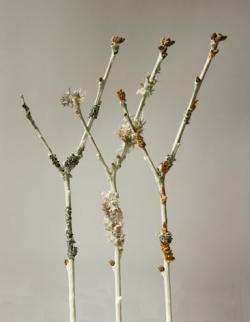
The sculptor's fascination with nature and the impact of human intervention inspired her 'Indicator Species' series, a study of five environments and the lichens that grow in each, ranging from reindeer moss exposed to radiation in the Arctic to the lichens found in urban areas of London. From left: 'Eutrophication', 'Radionuclides', 'London', 2014
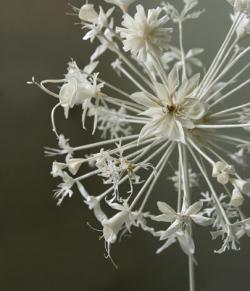
Detail of 'White Garden', 2013, which features a spectacular flower head inspired by the Gertrude Jekyll-influenced White Garden at Barrington Court in Somerset
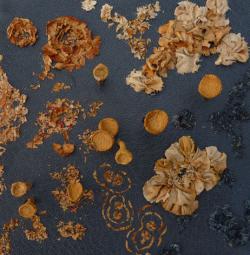
Youngson Coll experiments with different lichen forms using veg-tan goatskin leather
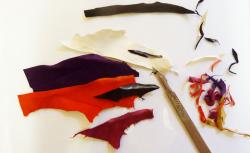
The sculptor plays with different sheep hair leathers to reveal follicle patterns in the material
ADDRESS
Contemporary Applied Arts
89 Southwark Street
London SE1 0HX
Wallpaper* Newsletter
Receive our daily digest of inspiration, escapism and design stories from around the world direct to your inbox.
Rosa Bertoli was born in Udine, Italy, and now lives in London. Since 2014, she has been the Design Editor of Wallpaper*, where she oversees design content for the print and online editions, as well as special editorial projects. Through her role at Wallpaper*, she has written extensively about all areas of design. Rosa has been speaker and moderator for various design talks and conferences including London Craft Week, Maison & Objet, The Italian Cultural Institute (London), Clippings, Zaha Hadid Design, Kartell and Frieze Art Fair. Rosa has been on judging panels for the Chart Architecture Award, the Dutch Design Awards and the DesignGuild Marks. She has written for numerous English and Italian language publications, and worked as a content and communication consultant for fashion and design brands.
-
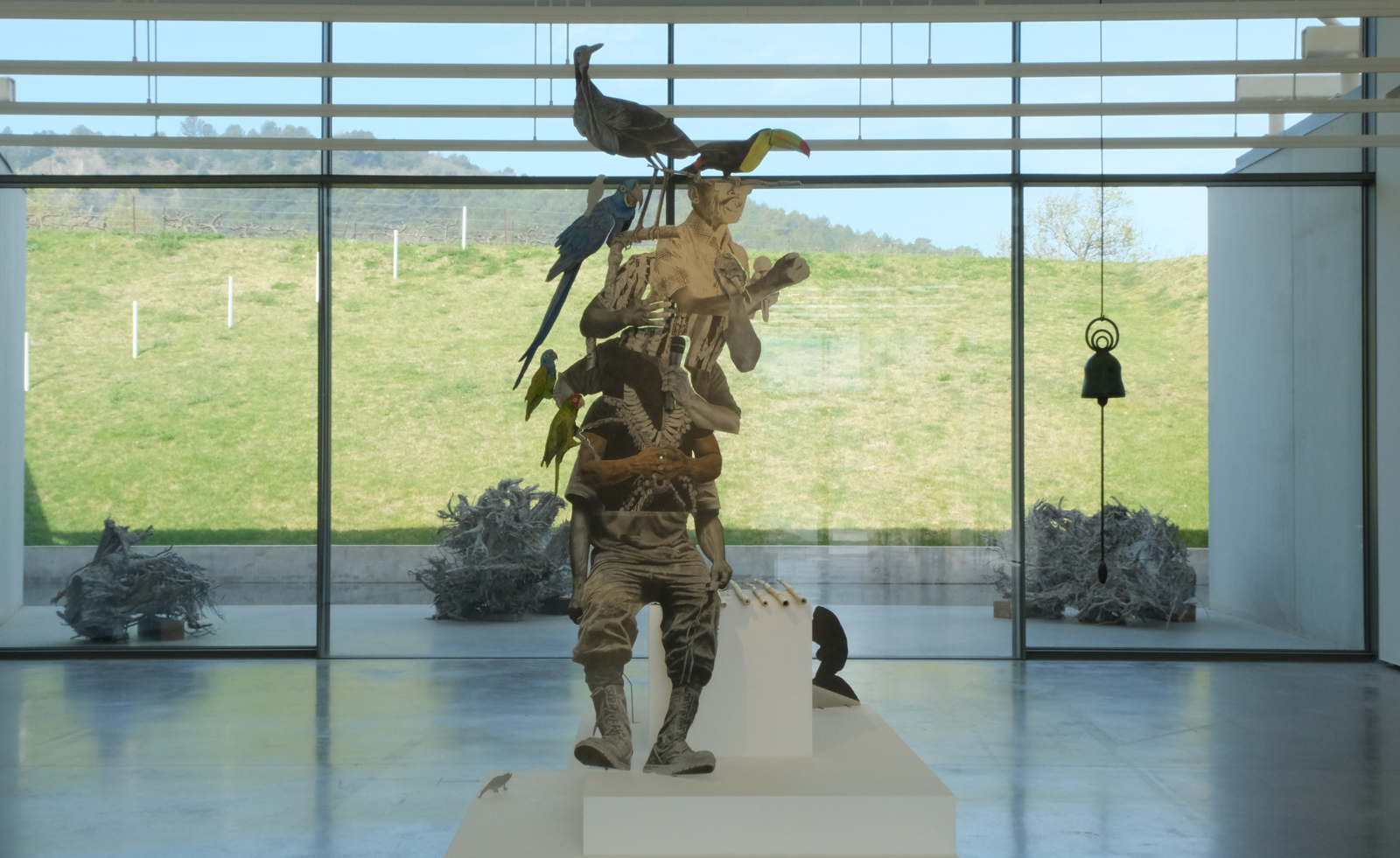 Contemporary artist collective Poush takes over Château La Coste
Contemporary artist collective Poush takes over Château La CosteMembers of Poush have created 160 works, set in and around the grounds of Château La Coste – the art, architecture and wine estate in Provence
By Amy Serafin
-
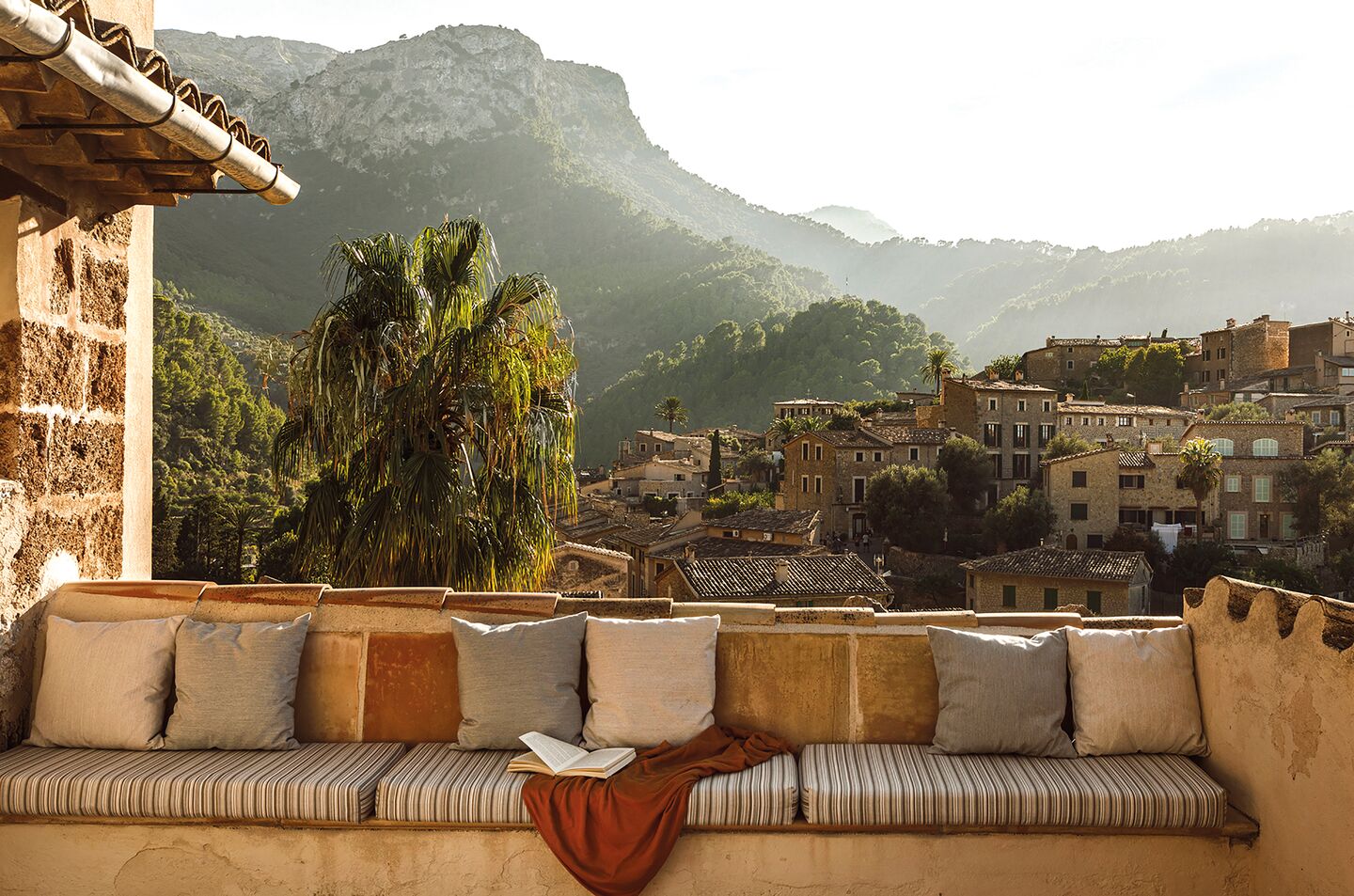 Sun-soaked European destinations to visit in spring
Sun-soaked European destinations to visit in springDreaming of Florentine palazzos and Greek islands now that the weather is starting to turn? Check into one of these beautiful European hotels and holiday homes
By Anna Solomon
-
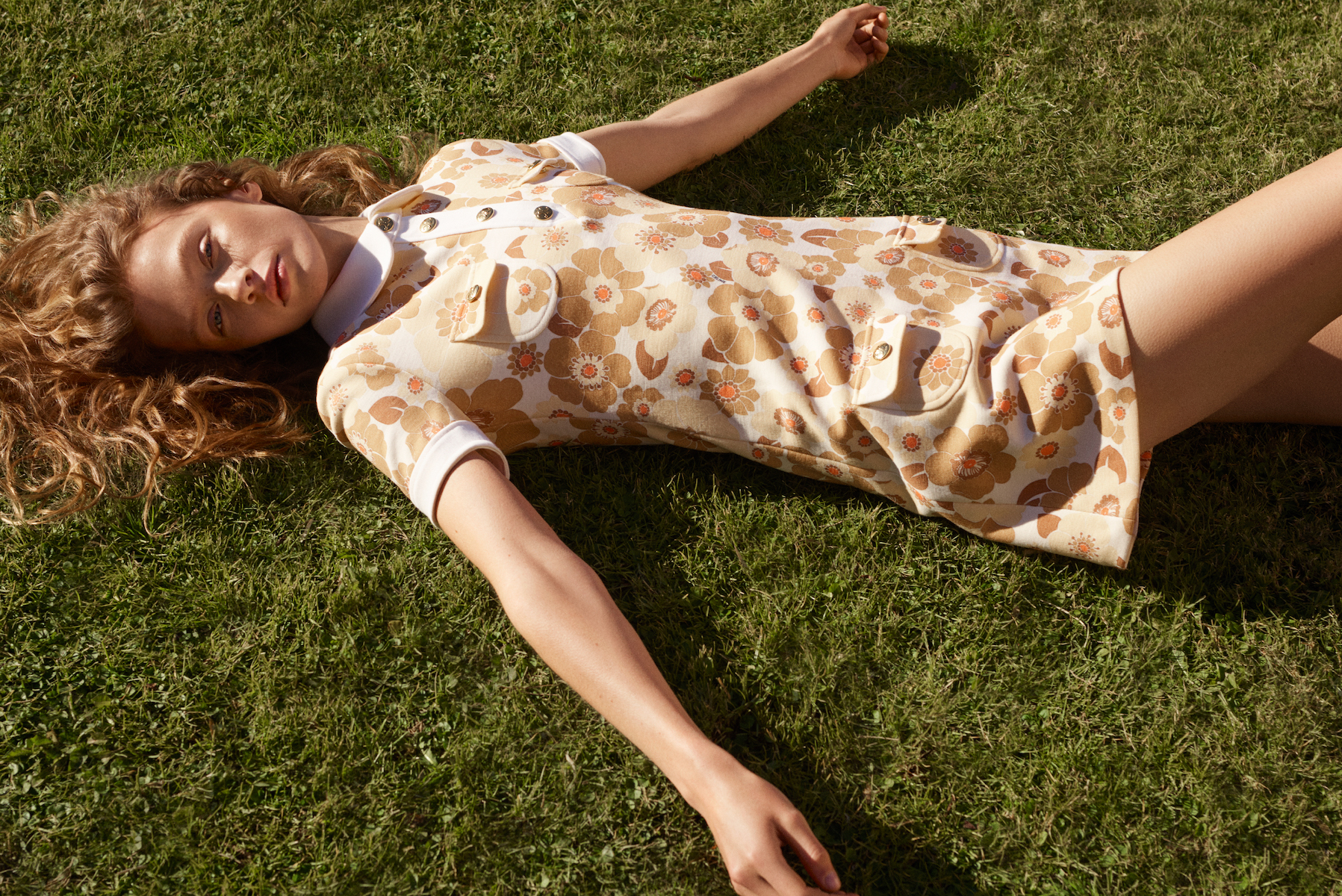 Inspired by the French Riviera, Été Celine heralds the arrival of summer
Inspired by the French Riviera, Été Celine heralds the arrival of summerCeline’s new summer collection, capturing the ‘freedom and lightness’ of Saint-Tropez escapes, arrives at The Selfridges Corner Shop in a transporting pop-up
By Jack Moss
-
 Inside Jack Whitten’s contribution to American contemporary art
Inside Jack Whitten’s contribution to American contemporary artAs Jack Whitten exhibition ‘Speedchaser’ opens at Hauser & Wirth, London, and before a major retrospective at MoMA opens next year, we explore the American artist's impact
By Finn Blythe
-
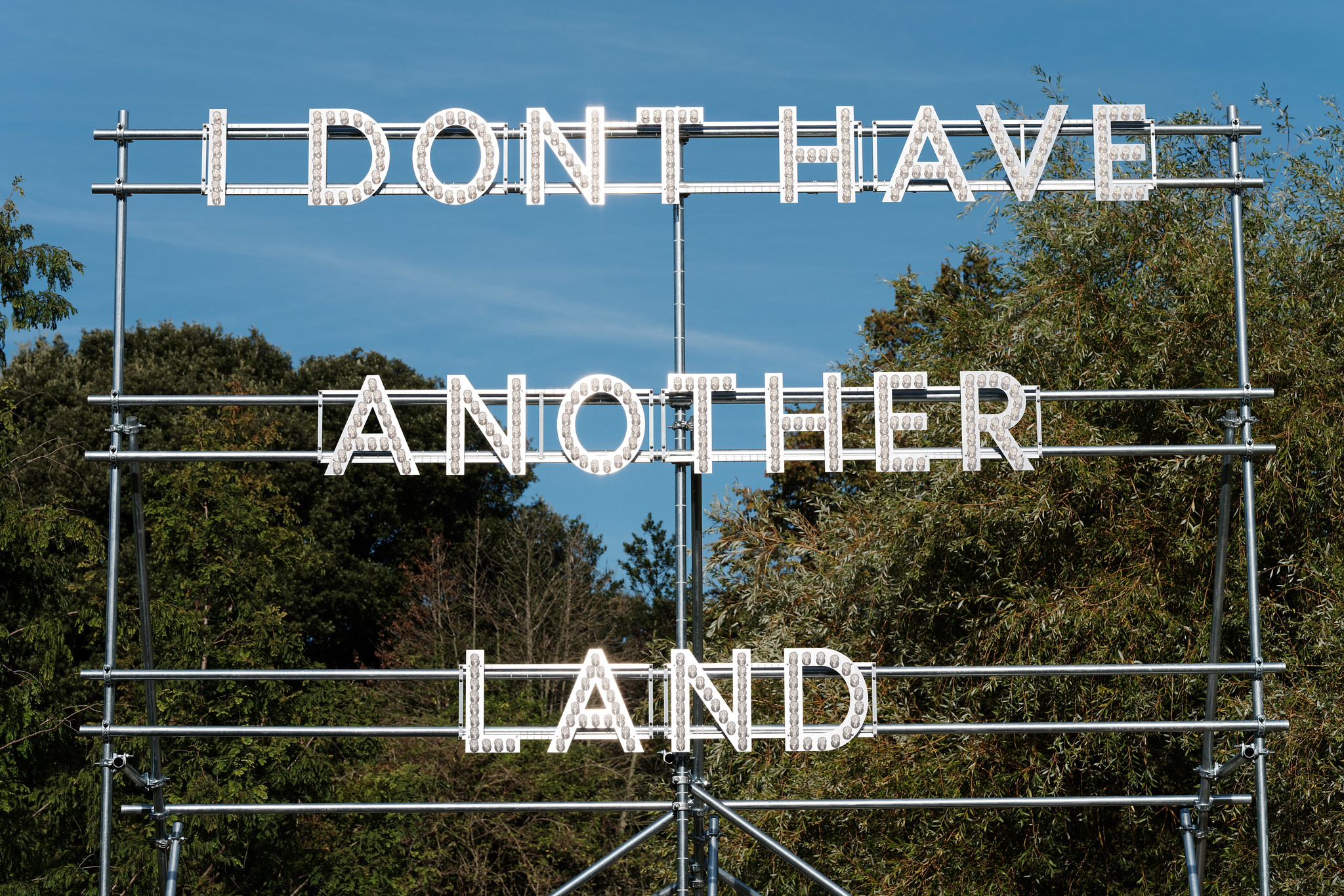 Frieze Sculpture takes over Regent’s Park
Frieze Sculpture takes over Regent’s ParkTwenty-two international artists turn the English gardens into a dream-like landscape and remind us of our inextricable connection to the natural world
By Smilian Cibic
-
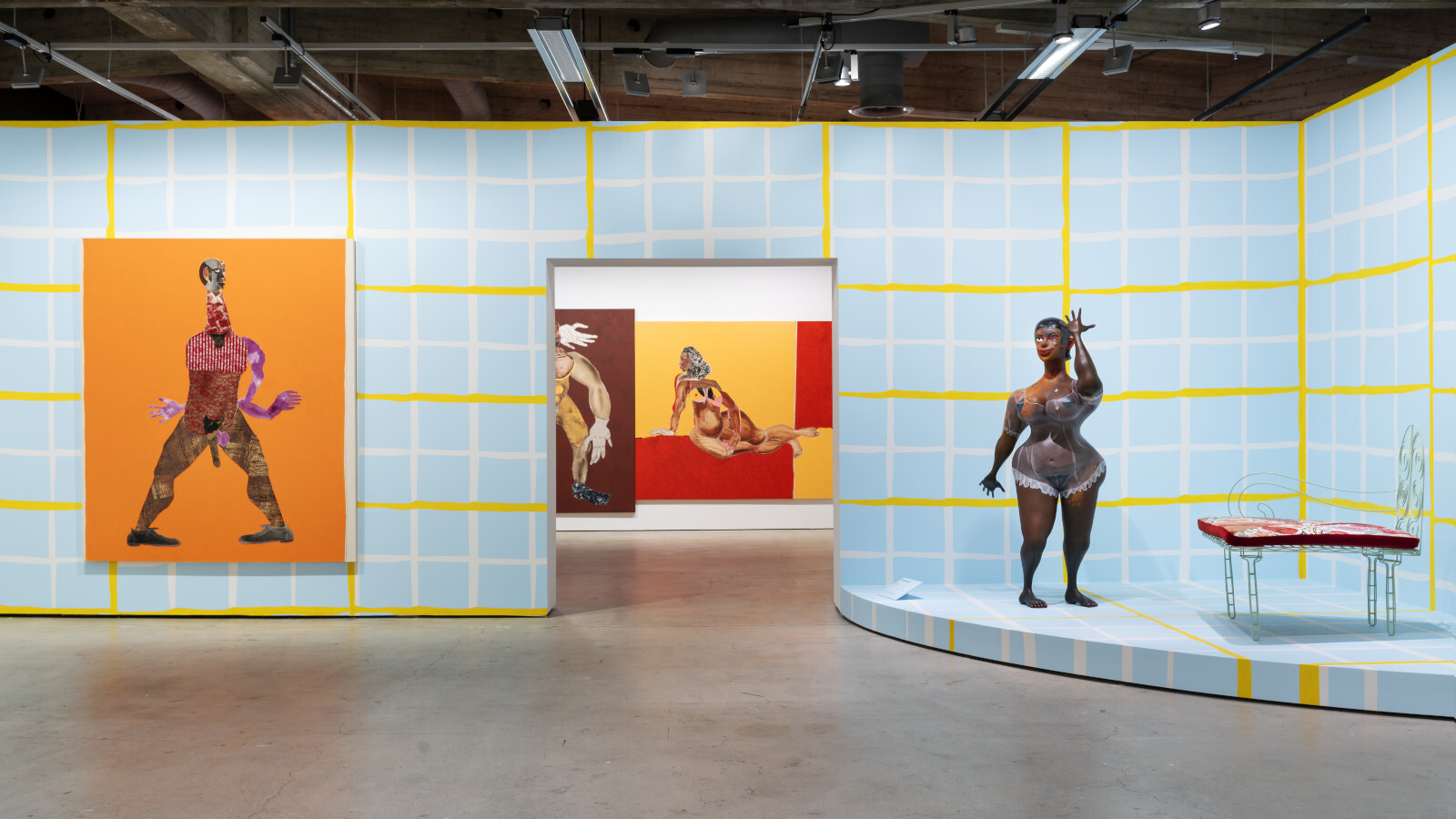 Harlem-born artist Tschabalala Self’s colourful ode to the landscape of her childhood
Harlem-born artist Tschabalala Self’s colourful ode to the landscape of her childhoodTschabalala Self’s new show at Finland's Espoo Museum of Modern Art evokes memories of her upbringing, in vibrant multi-dimensional vignettes
By Millen Brown-Ewens
-
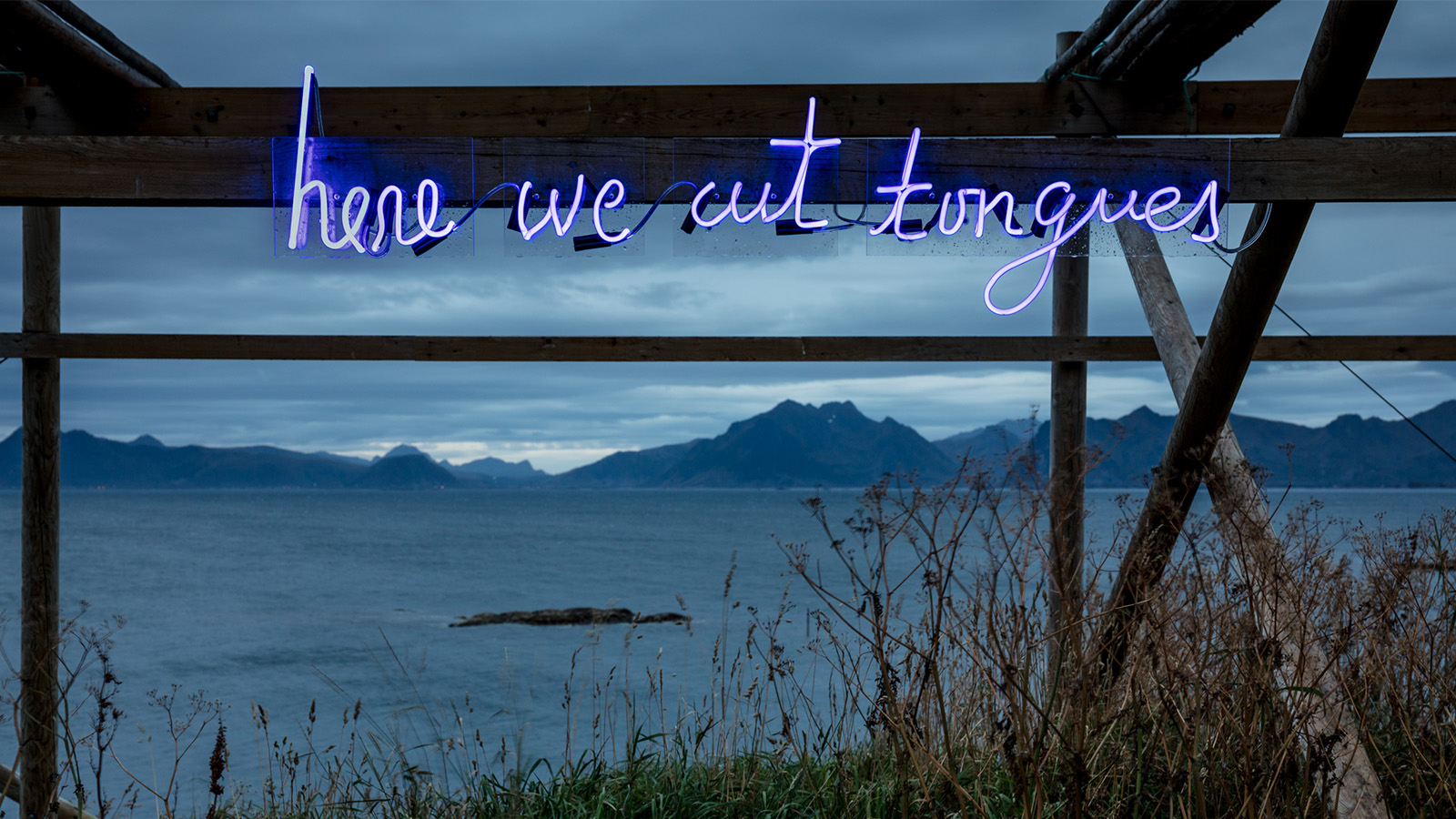 Wanås Konst sculpture park merges art and nature in Sweden
Wanås Konst sculpture park merges art and nature in SwedenWanås Konst’s latest exhibition, 'The Ocean in the Forest', unites land and sea with watery-inspired art in the park’s woodland setting
By Alice Godwin
-
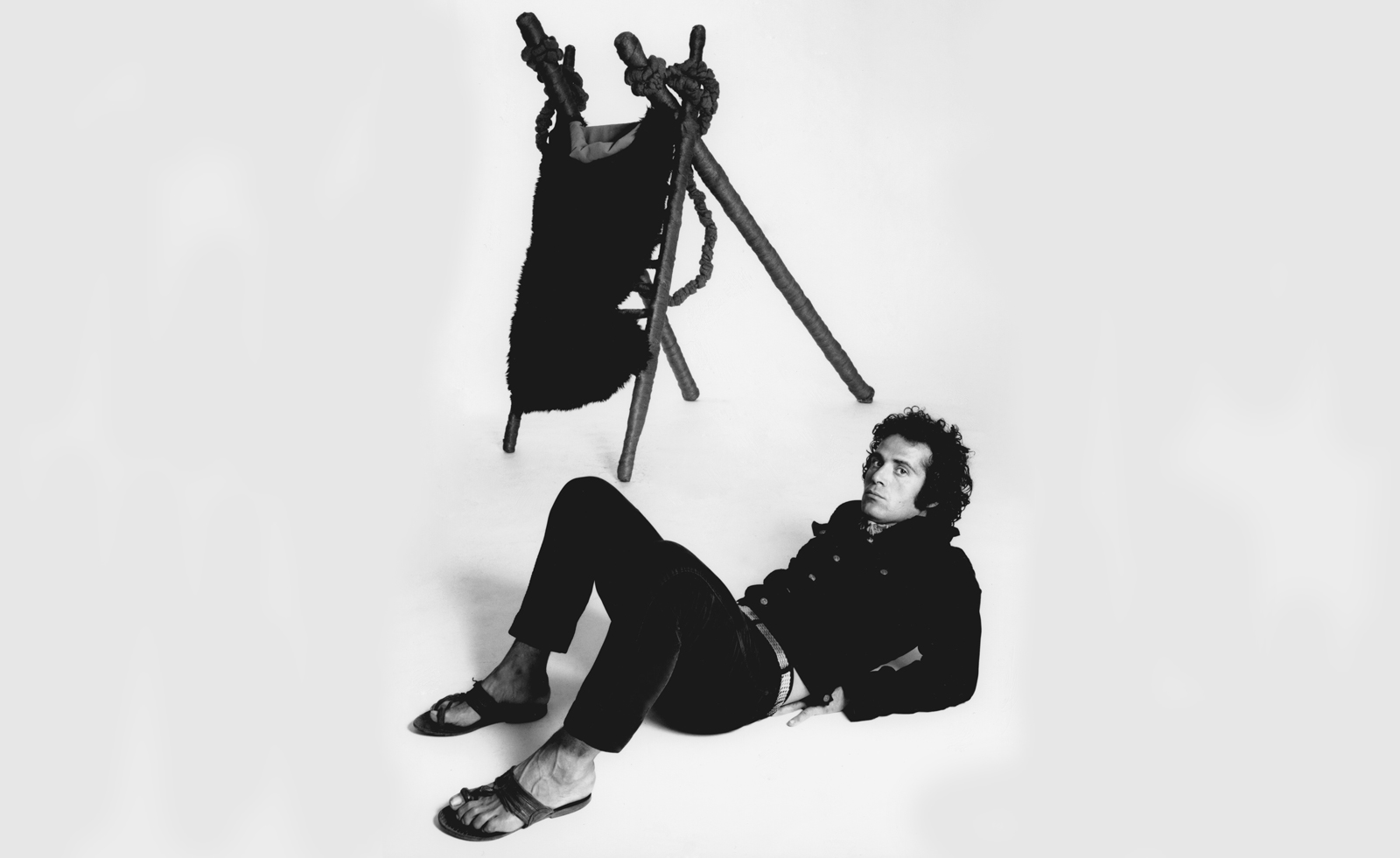 Pino Pascali’s brief and brilliant life celebrated at Fondazione Prada
Pino Pascali’s brief and brilliant life celebrated at Fondazione PradaMilan’s Fondazione Prada honours Italian artist Pino Pascali, dedicating four of its expansive main show spaces to an exhibition of his work
By Kasia Maciejowska
-
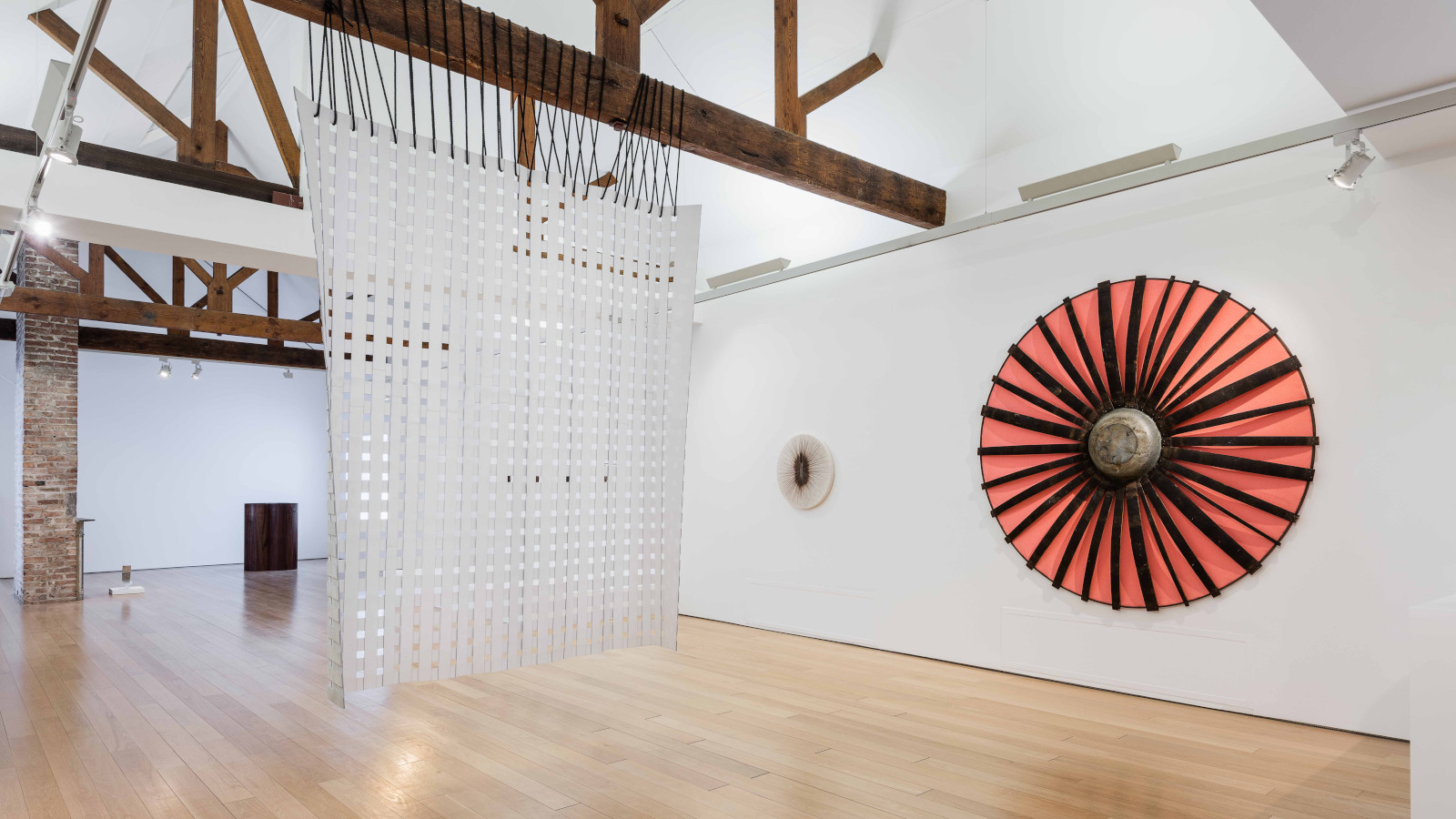 John Cage’s ‘now moments’ inspire Lismore Castle Arts’ group show
John Cage’s ‘now moments’ inspire Lismore Castle Arts’ group showLismore Castle Arts’ ‘Each now, is the time, the space’ takes its title from John Cage, and sees four artists embrace the moment through sculpture and found objects
By Amah-Rose Abrams
-
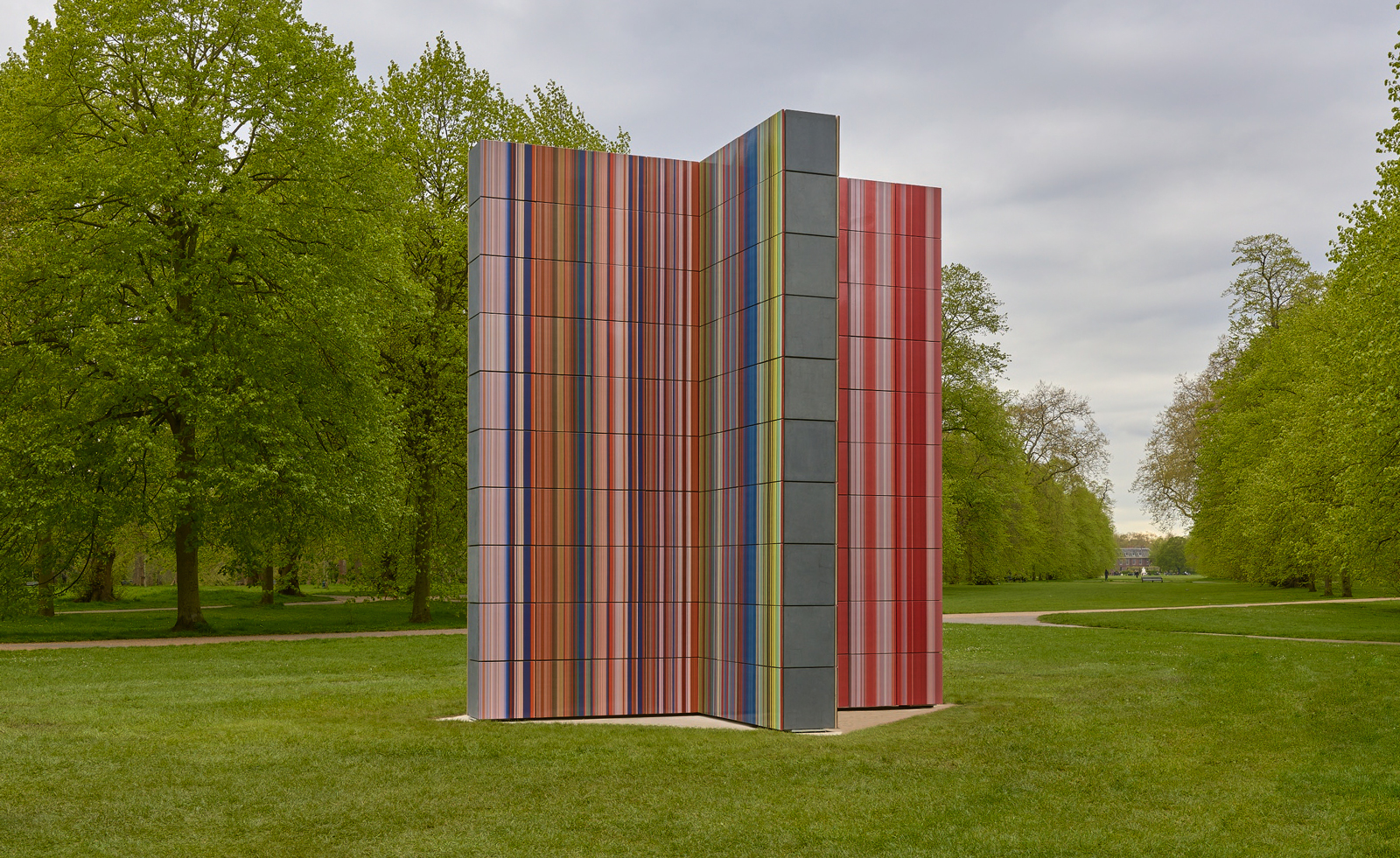 Gerhard Richter unveils new sculpture at Serpentine South
Gerhard Richter unveils new sculpture at Serpentine SouthGerhard Richter revisits themes of pattern and repetition in ‘Strip-Tower’ at London’s Serpentine South
By Hannah Silver
-
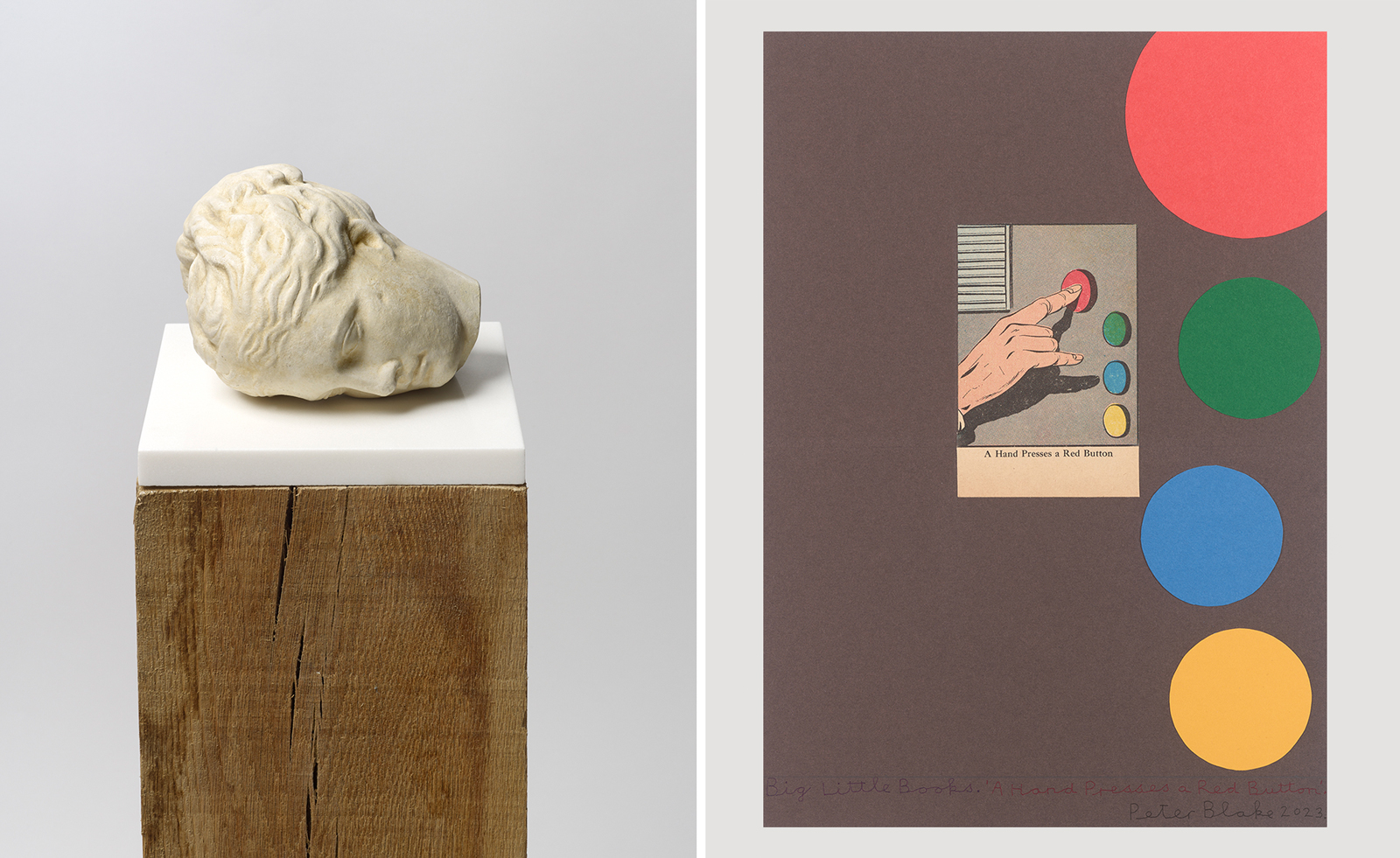 Peter Blake’s sculptures spark joy at Waddington Custot in London
Peter Blake’s sculptures spark joy at Waddington Custot in London‘Peter Blake: Sculpture and Other Matters’, at London's Waddington Custot, spans six decades of the artist's career
By Hannah Silver